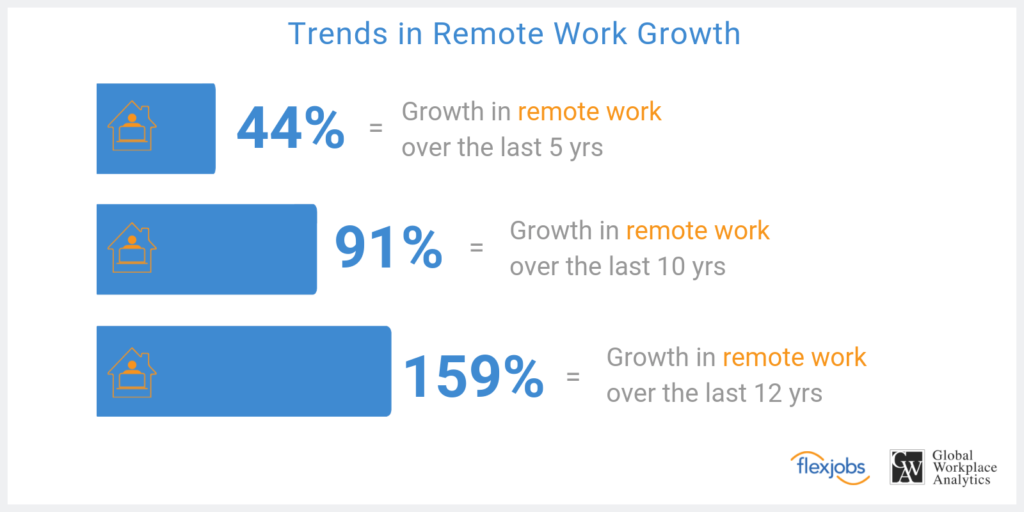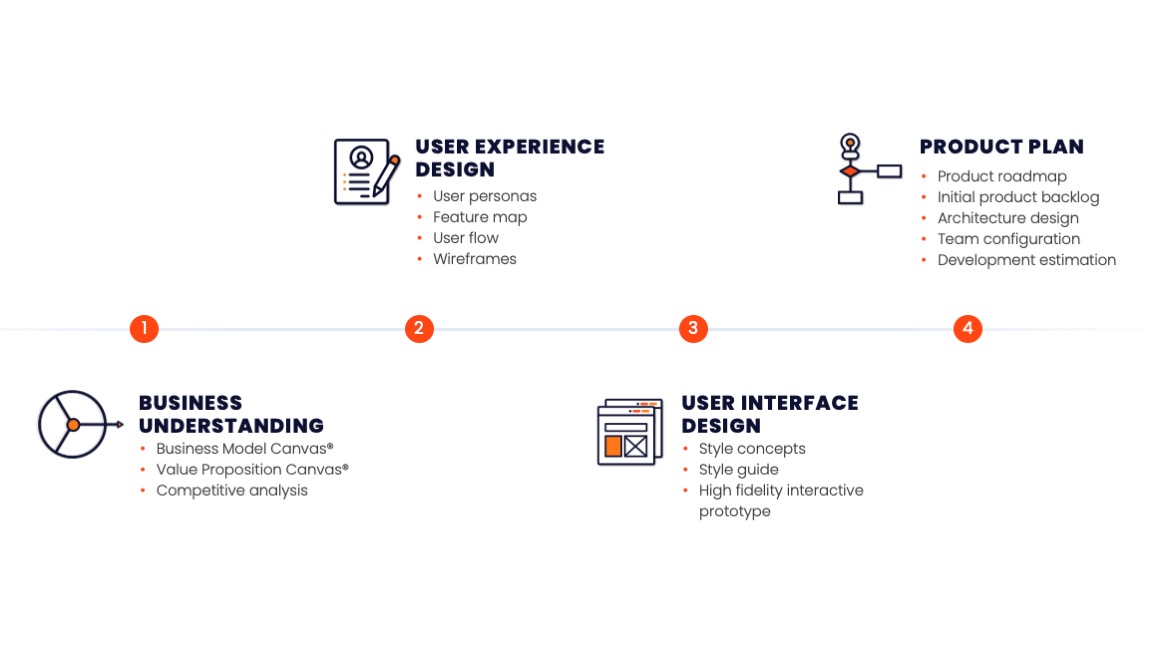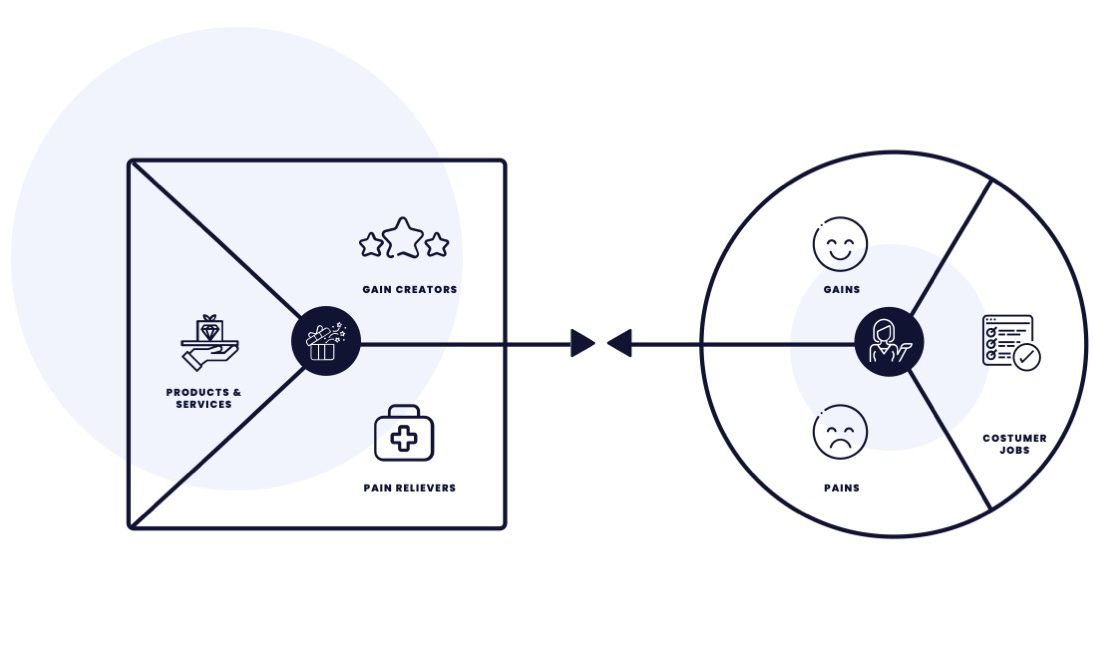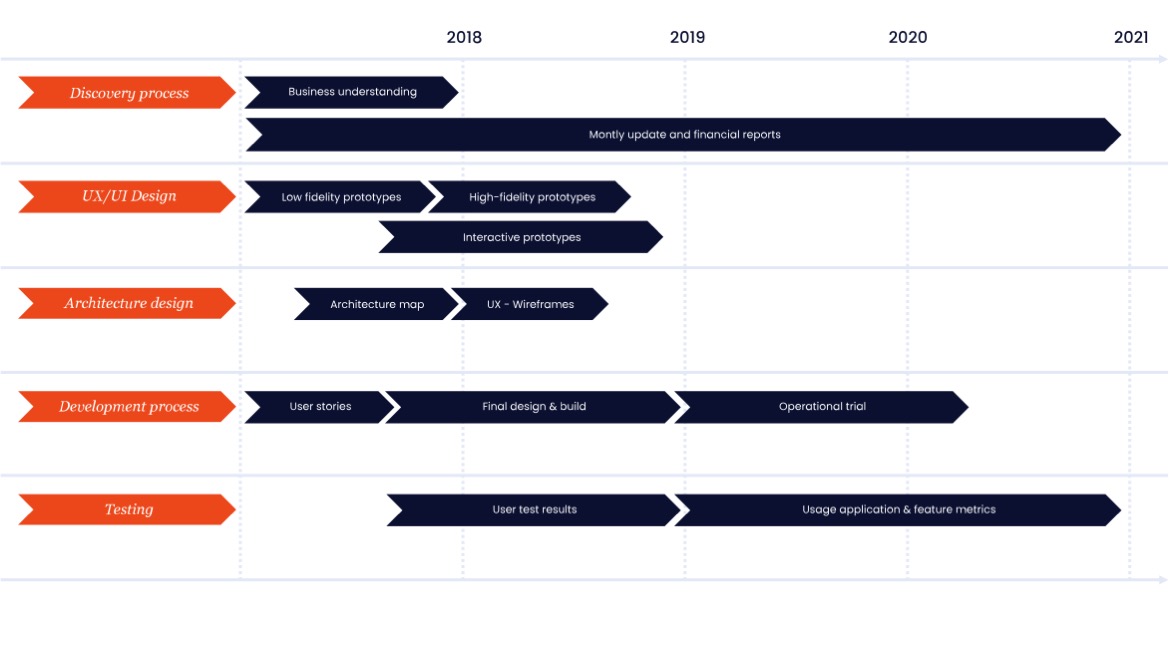Databricks vs Snowflake: choosing the right platform for your needs

Databricks vs Snowflake: choosing the right platform for your needs
In the world of big data and analytics, two platforms have emerged as leaders: Databricks and Snowflake. Both offer powerful solutions for managing and analyzing large datasets, but they have different strengths and weaknesses.
In this blog post, we will compare Databricks and Snowflake to help you choose the right platform for your needs.
Overview:
Databricks: Databricks is a unified analytics platform that provides tools for data engineering, data science, and machine learning. It is built on top of Apache Spark, a popular open-source framework for big data processing. Databricks offers a collaborative workspace where data engineers, data scientists, and business analysts can work together to analyze data and build machine learning models.
Snowflake: Snowflake is a cloud-based data warehousing platform that is designed for large-scale data storage and analytics.
It separates storage and compute, allowing you to scale each independently based on your needs. Snowflake is known for its ease of use and performance, particularly for complex queries and large datasets.
Performance
Databricks: Databricks is optimized for Apache Spark, which is known for its speed and scalability.
It can handle large datasets and complex analytics workflows, making it suitable for organizations with demanding analytical requirements. However, the performance of Databricks can vary based on the size and complexity of your data, as well as the configuration of your cluster.
Snowflake: Snowflake is designed for high performance and scalability. It uses a unique architecture that separates storage and compute, allowing you to scale each independently.
This means that you can allocate more resources to compute-intensive tasks without having to increase your storage capacity, or vice versa. Snowflake also offers features like automatic scaling and caching to improve performance.
Ease of use
Databricks: Databricks provides a user-friendly interface that makes it easy to work with Apache Spark.
It offers a variety of tools and features for data exploration, visualization, and collaboration. Databricks also integrates with popular BI tools like Tableau and Power BI, making it easy to create interactive dashboards and reports.
Snowflake: Snowflake is known for its simplicity and ease of use.
It provides a SQL-based interface that is familiar to most data professionals, allowing you to query and analyze data using standard SQL commands. Snowflake also offers a web-based console and a variety of connectors for popular data integration tools, making it easy to load and query data from different sources.
Cost
Databricks: Databricks pricing is based on a combination of compute and storage resources, with additional charges for premium features like machine learning and data visualization.
The cost of Databricks can vary depending on the size and complexity of your data, as well as the number of users and the level of support you require.
Snowflake: Snowflake pricing is based on a pay-as-you-go model, where you only pay for the resources you use.
This makes it easy to scale your usage up or down based on your needs, without having to commit to a fixed contract. Snowflake also offers a variety of pricing options, including on-demand pricing, prepaid capacity, and volume discounts.
Finally, both Databricks and Snowflake are powerful platforms for managing and analyzing large datasets. Databricks is optimized for Apache Spark and offers a wide range of tools for data engineering and data science. Snowflake, on the other hand, is a cloud-based data warehousing platform that is known for its ease of use and performance.
The choice between Databricks and Snowflake depends on your specific requirements and preferences. If you need a platform that is optimized for complex analytics workflows and machine learning, Databricks may be the better choice. However,
if you are looking for a simple and scalable data warehousing solution, Snowflake may be the way to go.
To wrap up, if you’re looking for a technology partner to help you achieve your goals, contact Celerik!
We specialize in providing high-quality nearshoring tech services to help companies achieve their goals. With our extensive expertise and partnerships with industry leaders like Microsoft, AWS, and Databricks, we deliver innovative solutions tailored to your specific needs.
Contact us today to start your journey to success!
Contact us – link CTA




















